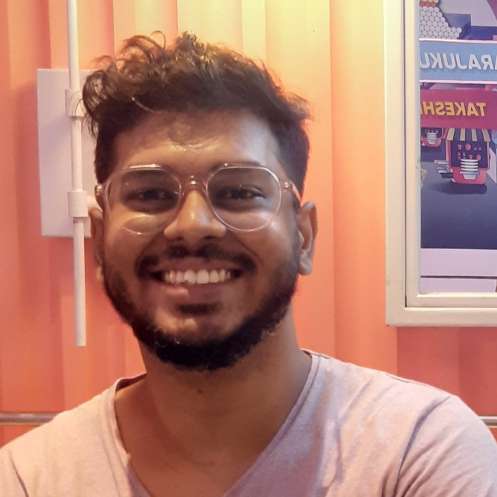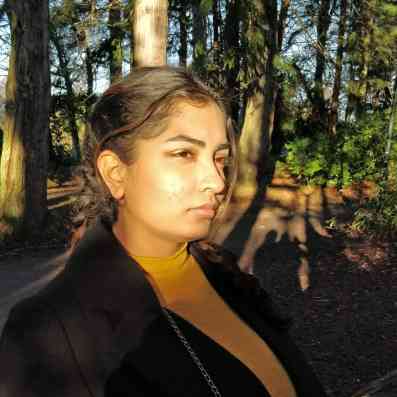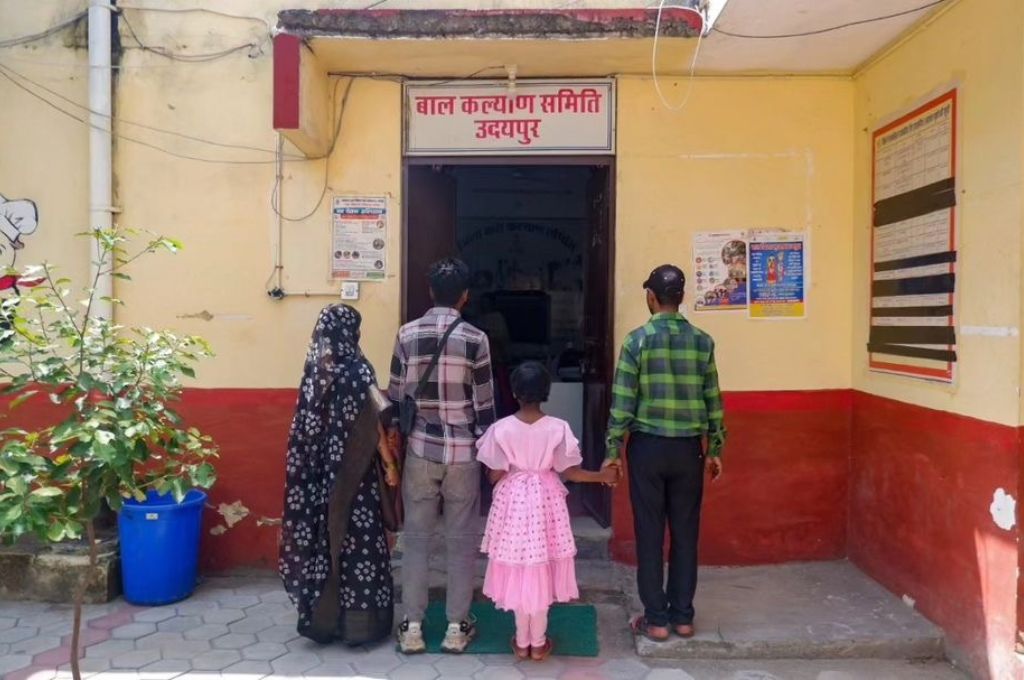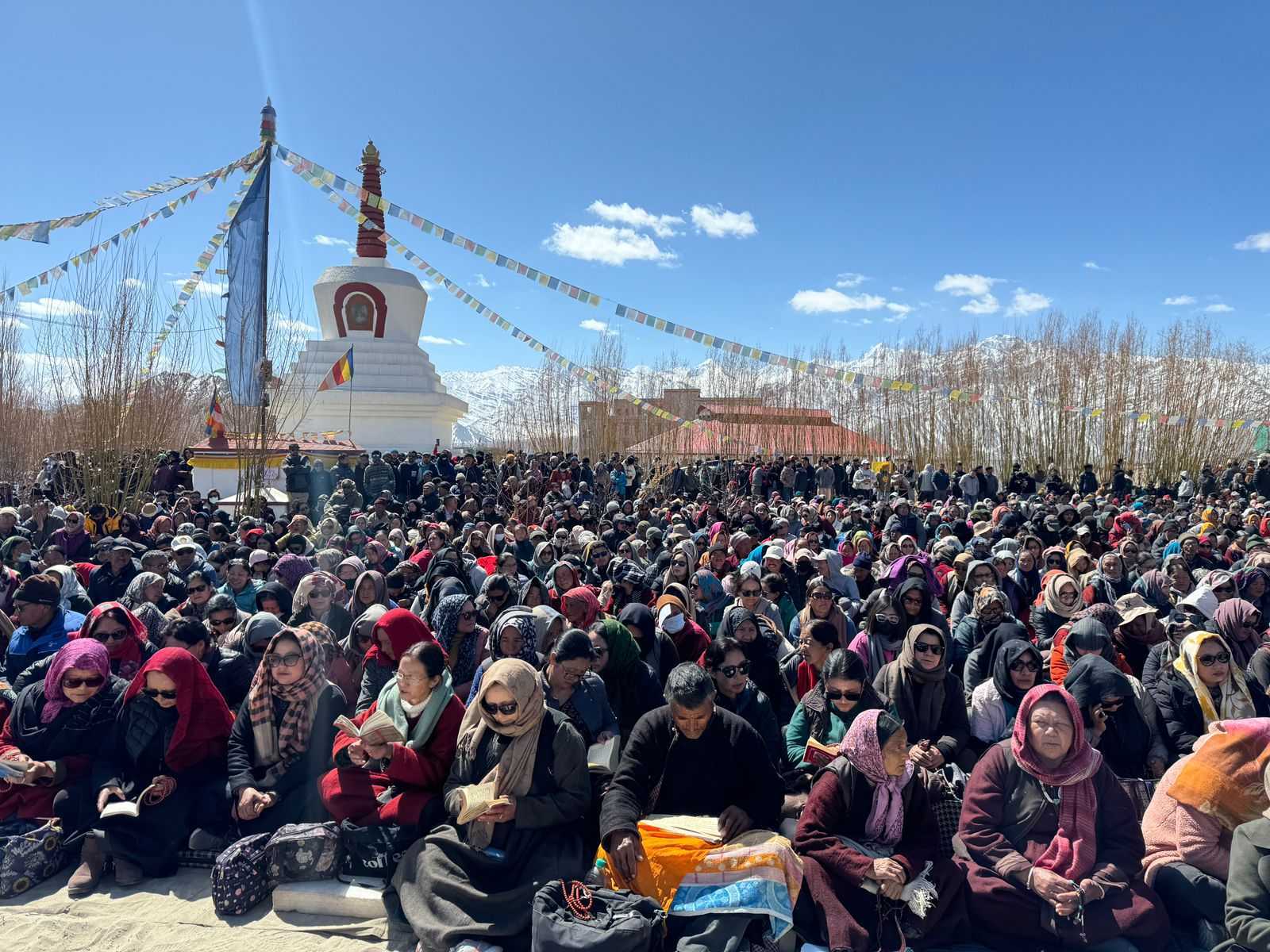Maya Sharma is an LBT and women’s rights activist with more than four decades of experience in the field. She works on documenting the lives of queer people from marginalised classes and geographies and has authored two books on these themes, namely Loving Women: Being Lesbian in Underprivileged India and Footprints of a Queer History: Life Stories from Gujarat. She started her journey as an activist in the 1980s following the anti-Sikh riots, and has been an active part of the feminist and queer movements in India since then.
She was also at the forefront of the campaign against the ban on the movie Fire in 1998, and has played a pivotal role in helping the Indian women’s movement to focus on working-class lesbian women and women in rural areas.
Maya is currently the programme director at Vikalp Women’s Group, a nonprofit that seeks to increase women’s accessibility to health, education, and livelihoods.
In this interview with IDR, Maya talks about feminist and LBT movements in India. She traces the intricate intersectionality of these movements and the politics of class and geography. Maya also highlights the differences in the lived experiences of rural and urban India, and underscores the significance of language in everyday life.
Could you tell us about your early years and influences?
I was born in Ajmer, Rajasthan, and studied at a convent boarding school. Growing up, I was surrounded by women. In addition to living in a women’s hostel, most of my family members were women too. So, we all felt like equals. No one was ordering anyone around. But, as a girl, I was aware that I was lucky to have an education. A lot of people used to ask my parents what the point of educating daughters was when eventually they have to leave for their husband’s house. Relatives would constantly question my mother for prioritising my education over household chores.
Female friendships played a very important role in my early years. My friends taught me valuable lessons about life, desire, and love. They were my support system and I’m still friends with them 50–60 years later. But I did experience discrimination. There were larger systems that compelled us to stay silent about our experiences. As a lesbian, I was taught to believe that my desires are wrong. I didn’t protest; it was as if the system had quelled my voice.
I didn’t realise this at the time. It was only when I went to Delhi for my bachelor’s degree, followed by my master’s, that I grasped the true extent of these issues. I learned that there were other queer women around me, but everyone used to make fun of them. This was a message to me as well: Just stay quiet and toe the line. Marriage was inevitable, a natural phenomenon. And so I got married to a man and had a son.
I was deeply unhappy in my marriage for several reasons, but the foremost among them was the power imbalance between my husband and me. I was shouldering all the household responsibilities. Marriage shed light on gendered inequalities, and it was a devastating realisation for me. It felt like I was like standing at the door, gazing longingly at the world that exists outside, but never leaving.
During this phase, I read a lot. I remember reading Germaine Greer’s The Female Eunuch and finding it very liberating. In Delhi, I joined a women’s collective, Saheli, and it was a different universe. The office had steps outside, and I would be so excited to go in that I would climb them in seconds. It was like a cool breeze on a sunny day. The community reminded me of my hostel and my family. The small things that the women said would give me hope and a different perspective. I remember a girl once said that she liked knitting because you could always take the threads out and start over. This thought left a profound impact on me. We were very open about our feelings; we talked about domestic work, we also fought with one another. I realised there were a lot of women like me.
The office was under the Defence Colony flyover. Whenever a vehicle crossed the flyover, it would cause a tremor in the office. For me, that was symbolic. My life, too, was tremulous then. Something new was building inside me. And as it built, I finally got the courage to leave my husband of 10 years.
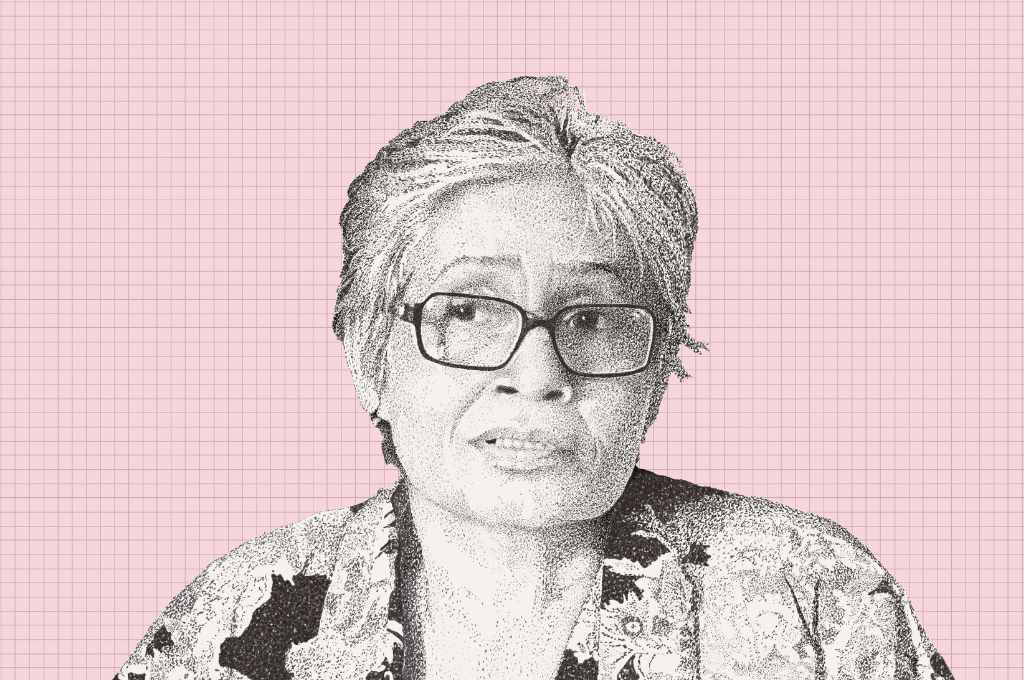
How did you start your journey as an LBT and women’s rights activist?
In 1984, the anti-Sikh riots broke out. It exposed me to a world I had never experienced before. Until then, I was consumed with understanding my own oppressions. During the Sikh riots, I met a lot of young women who were forced to marry their deceased husband’s brothers or uncles. This was done because the families had lost an earning member and there was a government compensation for the remarriage of women widowed during the riots.
Many of these women were already dealing with the trauma of losing their husbands and didn’t want to remarry. Witnessing their suffering helped me comprehend gender issues beyond my own. I saw that oppression is systemic. While their experiences were very different from mine, a common thread of injustice bound us all together as women.
As I was moving out of my husband’s house, I joined another feminist organisation. I started living alone in a servant quarter in a middle-class locality in Delhi. While working there, I met a woman with whom I fell in love. She was a great singer, poet, and writer, and she taught me a lot. Our relationship was very difficult because of our class differences. This was also the time when I was learning about the intricacies of class, gender, and sexuality, and how and where they overlap to create new systems of violence. I realised that class is not just about money—class is culture, class is language. It was a very beautiful relationship that enriched me.
In its early days, even within the women’s movement, conversations around same-sex love weren’t public.
The 1990s changed a lot for women. The women’s movement of the period was sparked by incidents such as the Bhateri rape case and the ensuing protests, and the dowry deaths and conversations around their causes. The LGBT movement in the country was also gaining pace around the same time. Less than Gay, also known as the ‘pink book’ and the first report on LGBT rights in India, was brought out by Siddharth Gautam [and others] in 1991. Three years later, following Kiran Bedi’s refusal to allow condom distribution to male inmates in Tihar jail, a public litigation was filed to repeal Section 377.
In its early days, even within the women’s movement, conversations around same-sex love weren’t public. Things started changing as the media began to cover more stories about violence against women, and activists like us started to point out that many of these women were lesbian and queer. We also formed a lesbian rights group called Campaign for Lesbian Rights (CALERI). Eventually, issues of sexuality began to be addressed; though the space for this was small and invisible, it existed.
It was during this time, while preparing a report for the autonomous women’s conference, that I first encountered the word ‘lesbian’ being used openly. We used to have the autonomous women’s conference every few years. Many queer women were part of this. I recall a conference in Tirupati where we all stayed in one big hall with a common bathroom. We felt so comfortable in our bodies. I realised how freeing it is to see yourself naked and also witness the bodies of other women in their varying shapes and sizes. Sometimes people feel ashamed about who they are, but a collective of women and allies can help you see the beauty in you. Having a community and talking to other people like you who support you is very important.
How did you start working with people from socio-economically marginalised communities?
During my initial days of working in the low-income neighbourhoods of Delhi, I remember asking someone why they didn’t buy their masalas and vegetables in one go, and why they went out daily and got a bag of salt and a bag of chilli. She told me that she bought in small quantities because she was paid a daily wage. Whatever was left after paying for food was spent on medicines. I was learning every day.
I joined a labour union, which helped me delve deeper into class politics. However, at the union, we were not supposed to discuss issues of sexuality and gender. They had the usual arguments that the movement will lose its focus and that bread-and-butter issues are more important. LBT people in the union formed their own study circle. We would meet in cafes and talk about our problems.
I think middle- and upper-class people often have the privilege to not disclose their sexuality, or even live the lives they want to. Working class people don’t have that choice. Around this time, I started writing stories of lesbian women and trans men for my book Loving Women: Being Lesbian in Unprivileged India. I was also collecting stories from people in the union. I went to a conference and spoke about these issues, and the union was quite upset. One day, as I walked into their office, I felt something was wrong; the atmosphere was so tense. I was told that I was ruining the image of the union and was asked not to return.
How do you think feminist and queer movements in big cities differ from those in small cities?
As I learned more about gender, I began reading books by Uma Chakravarti—the feminist historian who among other topics wrote extensively on widowhood. Widow remarriage was being discussed everywhere in bigger cities in India, but no such conversations were happening in my house. My grandmother was a widow and she used to shave her head and wear black sarees. So villages and small towns do not have the kind of exposure and conversations that urban India has.
Now there’s social media everywhere but it only gives people information, not knowledge. For example, social media tells trans men that they need sexual reassignment surgery, but it doesn’t explain to them the ways to access it. In the absence of proper knowledge and support, this can leave them vulnerable to exploitation by frauds.
There’s more acceptance in rural India than city dwellers are aware of.
Another thing is language, which is changing so much. For example, someone in the queer community who is from rural India and not well versed in English may not understand what the term ‘cis’ means. English speakers talk to one another, and when that conversation is happening, a lot of people get left out.
What I have noticed though is that there’s more acceptance in rural India than city dwellers are aware of. People here know how to navigate social boundaries. For example, I met a Muslim lesbian woman in one of the villages I worked in. She was in love with another woman, but her family was forcing her into a heterosexual marriage. One day she decided to just take the leap. She told her partner that she would get married and then leave her husband and come back home later, and she did. While her partner is now married, they are still going strong. It may seem odd to other people, but that’s the only way she could continue her relationship.
I have also seen trans men and women get married following traditional rituals. I am not saying it is easy for people in the villages. But there is acceptance in many cases, especially among the tribes.
How do movements carry on and what can one generation learn from another?
Movements slow down and become invisible, but they don’t end. They always continue. When we go on pride marches, is that not an extension of the freedom movement? Are we not asking for freedom?
The younger as well as the older generations can learn a lot from each other. People like us can turn to the younger activists to understand how to use technology for activism. I also admire their clarity of goals. They know exactly what they want to study, and what they want to be and how to achieve it.
The younger people can learn the art of letter writing from the older generation. We have everything on social media, but we have lost the art of writing letters. Since we don’t have enough documented queer history, these letters can serve as great archiving material.
—


